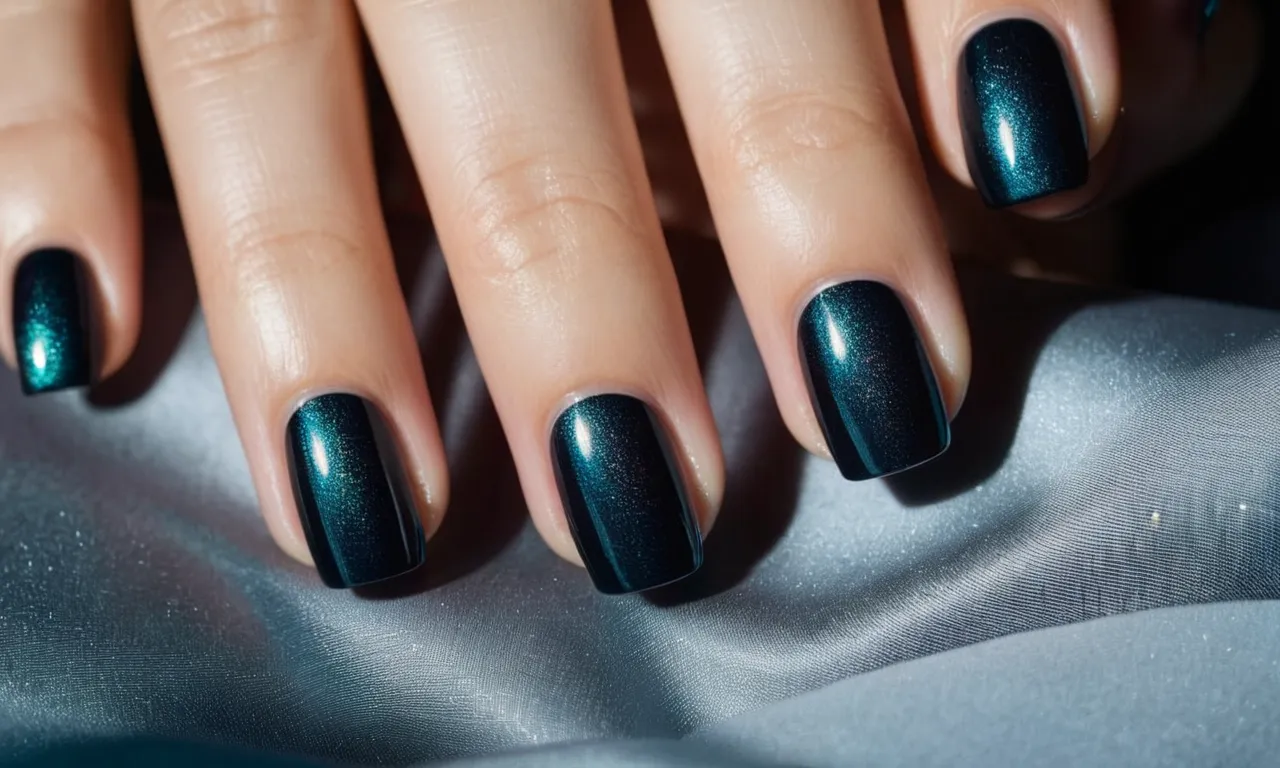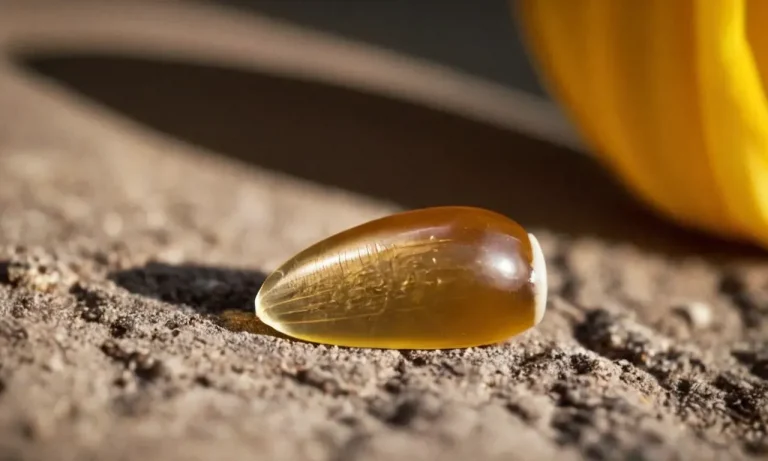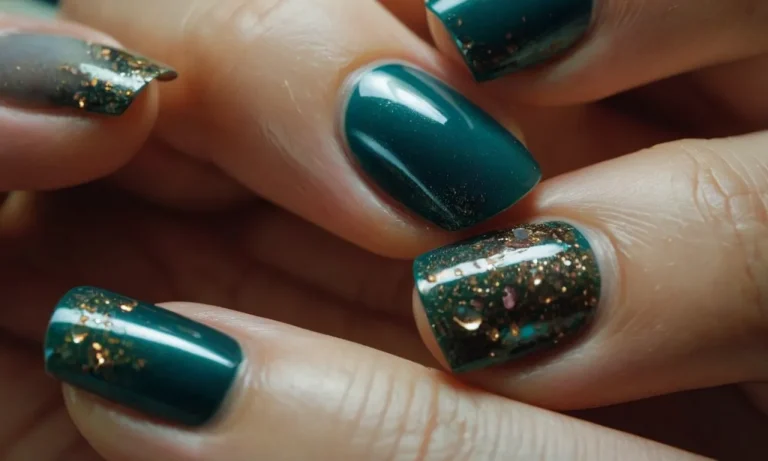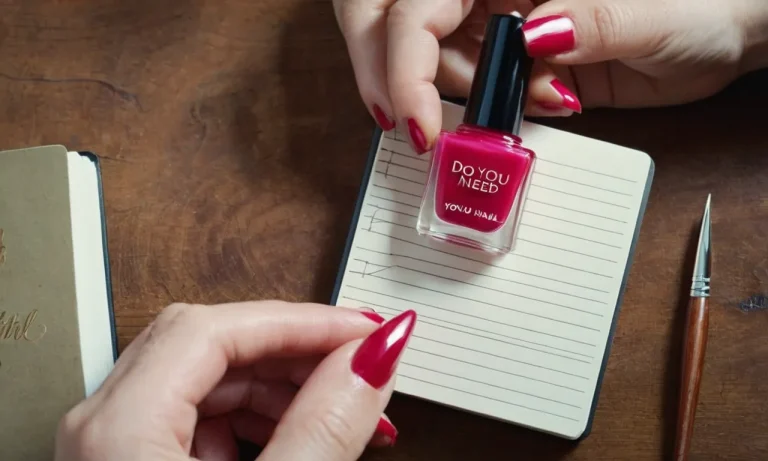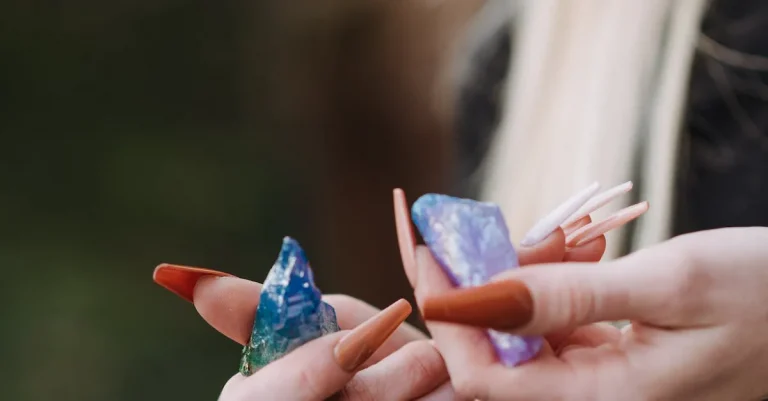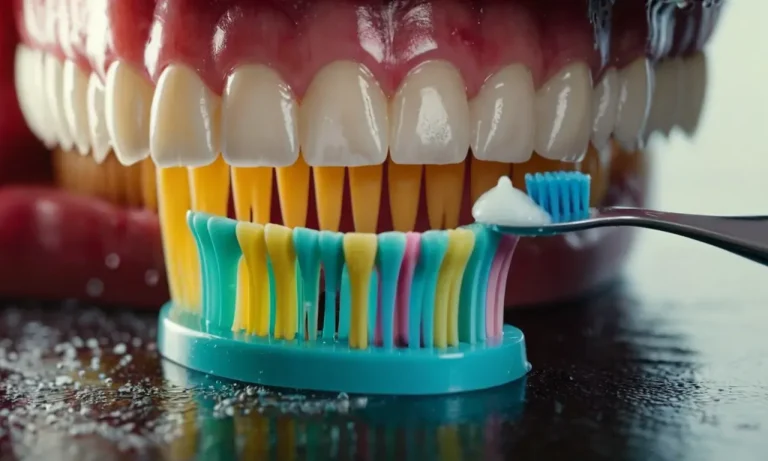How Long Do Your Nails Need To Be To Get Gel Nails?
With gel manicures being one of the most popular nail trends, you may be wondering what nail length you need to get those glossy, chip-resistant gel nails. While salons can work with shorter nails, you’ll get the best results if you grow your nails out a bit first.
If you’re short on time, here’s a quick answer to your question: For the best gel manicure, you’ll want your natural nails to be at least 2-3 mm long. Anything shorter risks damage and lifting.
The Longer the Better for Gel Nails
At Least 2-3 mm for Best Results
When getting a gel manicure, most nail technicians recommend having natural nail beds that are at least 2-3 mm long. This allows enough of the natural nail to show under the gel polish so it can adhere properly. Nails that are any shorter may not bond as well with the gel.
Having nails that are a few millimeters long also makes it easier for the nail tech to apply the gel cleanly without getting any on your skin or cuticles. The extra length gives them a bigger “canvas” to work with.
Longer Nails Give the Nail Tech More to Work With
In addition to at least 2-3 mm of length, the longer your natural nails are, the more options your nail tech has for shaping and designing the gel manicure. Longer nail beds allow for more creativity with shape (round, squoval, coffin, etc.) and even nail art if you wish.
With longer nails, the nail tech can also use gel to extend and lengthen them even more for a dramatic look. So while 2-3 mm is the minimum recommended, the longer your natural nails are to start with, the better!
Longer Nails Distribute Stress Better
Having adequately long natural nails, or using gel to extend them, also helps distribute stress on the nails better so they are less likely to crack or break. The longer the nail beds are, the more evenly forces get distributed when using your fingertips, reducing the chance of damage.
So let those nails grow out a bit before your next gel manicure appointment! Aim for at least 2-3 mm of length for proper application and bonding of the gel polish. But the longer your natural nails are, the more durable options you’ll have for shaping, extending, and decorating your fabulous gel manicure.
💅✨
Getting a Gel Manicure on Short Nails
Short Nails Can Be Tricky for Gel Manicures
Gel manicures can be more challenging on short nails. Here are some of the potential issues:
- With less nail surface area, there is less space for the gel polish to adhere to. This increases the risk of chipping, cracking or peeling.
- Short nails need extra prep work like filing and buffing to create a rough surface for gel polish to bond to.
- Cuticle work is important on short nails to avoid polish growing out quickly.
- Thin layers of gel are required to avoid too much bulk on short nails.
So while gel manicures are possible on short nails, they require meticulous prep work by the nail technician and excellent maintenance to stay looking great.
Risk of Lifting and Peeling
One of the biggest risks with gel manicures on short nails is increased chances of the polish lifting or peeling off prematurely. This can happen for a few reasons:
- Not enough surface area for the gel to adhere properly.
- Inadequate filing/buffing of the natural nail.
- Applying gel layers too thickly.
- Not curing each layer fully under the LED lamp.
- Not cleaning the nail plate thoroughly before application.
- Oils from nail bed affecting adhesion.
To avoid lifting and peeling, have a nail technician prep and apply gel cautiously on short nails. Be vigilant about not picking at the manicure and go for fills every 2-3 weeks.
Tips for Preparing Short Nails
To get a long-lasting, flawless gel manicure on short nails:
- Shape nails and cuticles: Give nails a uniform shape and tidy cuticles so polish sits nicely.
- Buff thoroughly: Use a coarse buffing block to create texture and ridges for gel to bond to.
- Avoid over-filing: Filing too thin could expose nails to damage.
- Prime nails: Apply a pH-balanced nail primer before base coat.
- Keep layers thin: One thin coat of each gel layer prevents bulkiness.
- Cure properly: LED cure each layer for 30-60 seconds until no tackiness.
- Seal free edge: Brush top coat over free edges to prevent peeling.
- Nail maintenance: Keep nails moisturized and get fills every 2-3 weeks.
With the right prep and care, those with short nails can still enjoy a long lasting, chip-free gel manicure. A knowledgeable nail tech is key to getting it right.
Growing Your Nails Out for Gel Polish
Start Growing Nails 2-3 Weeks Before
When preparing for a gel manicure, it’s best to start growing your natural nails out 2-3 weeks in advance. This gives your nails extra time to gain some length and strength to properly adhere the gel polish.
The added growth helps the nail technician have a larger nail surface to work with for a seamless application.
Trim and File for a Good Foundation
Before your appointment, be sure to trim and file your nails into the desired shape. Get rid of any rough or jagged edges to establish an even foundation for the gel polish. Thisalso helps the gel adhere thoroughly across your whole nail.
Having neat and trimmed nails prior allows the technician tofocus on creatively enhancing your nails rather than fixing any major issues.
Use Strengthening Treatments
Take extra care of your nails while growing them out by regularly massaging strengthening serums, oils or creams into your nails and cuticles. Some great nourishing ingredients to look for are Vitamin E, biotin, keratin, and coconut oil.
Using targeted treatments keeps nails flexible and conditioned, preventing chances of breakage or cracks. Your nail technician will surely appreciate you showing up with healthy, treated nails ready for extensions.
Avoid Damage from Breakage
Be gentle with your nails during the growing out phase. Keep them out of harm’s way when doing dishes, laundry or housework where they could potentially snap. Avoid opening soda cans or tearing open packages with your nails which could lead to breaks.
If a nail does end up cracking or chipping, file the edges smooth so it doesn’t snag and worsen. Let your nail tech know ahead of time about any damage so they can professionally assess and repair it before applying gel polish.
Caring for Gel Nails
Proper Gel Removal to Avoid Damage
When it’s time for a new set of gel nails, proper removal is crucial to avoid damage. Here are some tips:
- Soak cotton balls in pure acetone and place them on each nail, securing with foil. Let sit for 10-15 minutes to allow acetone to break down the gel.
- Never peel or pick off gel polish as this can remove layers of the natural nail. The soaking method gently lifts the gel away.
- Use a cuticle pusher to gently scrape off any remaining gel residue after soaking. File the nail surface lightly to remove any remaining shine.
- Apply cuticle oil after to rehydrate the nails and cuticles.
Moisturize and Use Cuticle Oil
Gel manicures can lead to dry, brittle nails over time. Help combat this by:
- Applying cuticle oil 1-2 times daily keeps nails and cuticleshydrated.
- Look for oils with moisturizing ingredients like vitamin E and jojoba.
- Massage the oil into nails and cuticles gently.
- Apply a thick hand cream after to seal in moisture.
Avoid Picking and Peeling
It’s tempting to peel off chipped gel polish but this can pull off layers of the natural nail. Avoid this by:
- Keeping nails short can help avoid snagging and peeling.
- Using a glass file to gently buff away chips and rough edges.
- Get a fill or removal as soon as excessive growth or chipping occurs.
- Resist picking at nails and cuticles which can lead to hangnails.
Protect Nails from Breaking
Take steps to prevent nail breakage and splits by:
- Wearing gloves for household chores involving chemicals or water.
- Using a strengthener or hardener under gel polish.
- Avoiding excessive filing which thins the nails.
- Letting nails “breathe” by going polish-free every few weeks.
When to Touch Up or Remove Gel Polish
Signs Your Gel Manicure Needs a Fill
There are a few key signs that indicate your gel manicure is due for a fill or touch up. As your natural nails grow out from the cuticle, you may notice a visible ridge between the gel polish and your natural nail. This gap allows dirt, grime, and bacteria to get underneath the gel polish.
Another sign is when the tip of the nails start to peel and crack. Gel polish can also start dulling, losing its shine and luster over time. This is a red flag that the top coat has thinned out and needs to be replaced.
If you see any chipping or shrinking back from the tips and sides, it means certain areas need to be filled in and sealed with fresh layers of gel.
Don’t Go Too Long Between Fills
While gel manicures can last upwards of 2-3 weeks, it’s not recommended to go much longer than that without some kind of touch up or fill. The longer you wait between appointments, the more damage you risk doing to your natural nails underneath.
As your nails grow out, the gel can start pulling on and separating the layers of your actual nail plate. This can cause weakening, peeling, cracking and even permanent breakage over time. Get fills every 2-3 weeks to refresh the polish and prevent excessive growth and damage.
Removing Gel Completely Every Few Months
No matter how careful you are with fills and touch ups, most professionals recommend fully removing the gel polish and starting from scratch every 8-12 weeks. This allows the natural nail bed to “breathe” and recover its moisture and strength.
Here is a comparison of the pros and cons of leaving gel on long-term versus removing and reapplying every 2-3 months:
| Leaving Gel on Long-Term | Removing and Reapplying Gel Every 2-3 Months |
|
|
Studies show over 70% of people who wear gel long term experience some level of nail plate damage (source). Give your natural nails a chance to breathe and reinforce their integrity by taking gel off completely every 10-12 weeks before putting on fresh polish.
Conclusion
While you can get a gel manicure on shorter nails, growing them out to at least 2-3 mm will help you get the most out of your gel polish. With some preparation and TLC, you can have those glossy, chip-free nails in no time.
Just be patient during the growing out phase and get ready to show off your new lengthy gel manicure!

